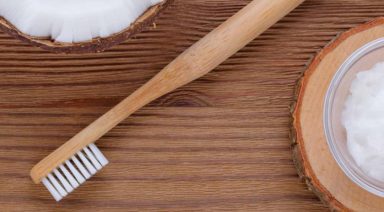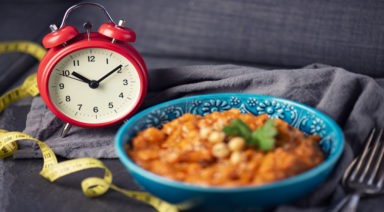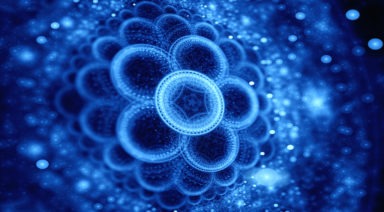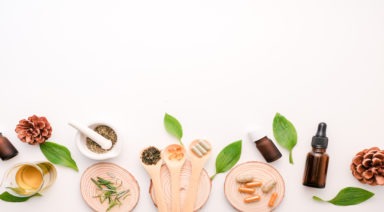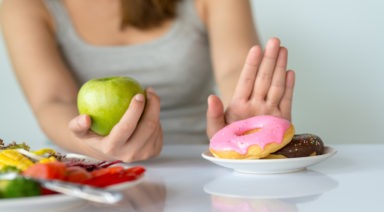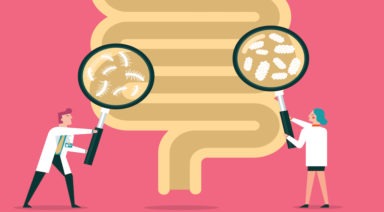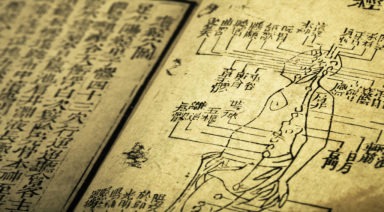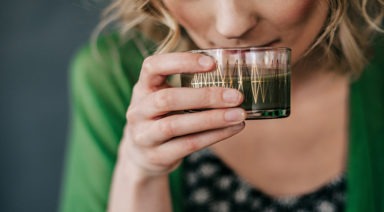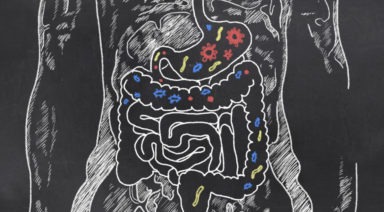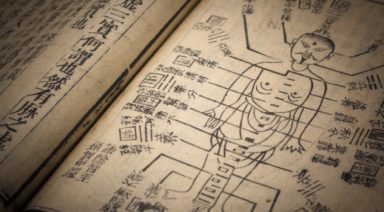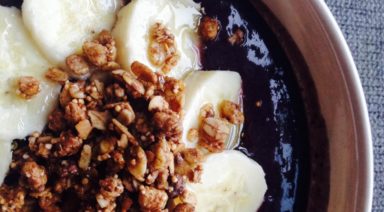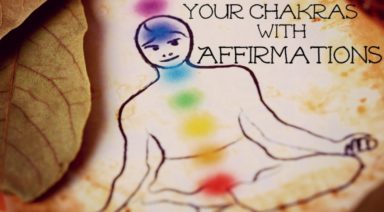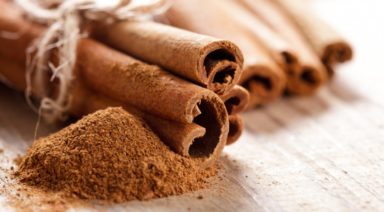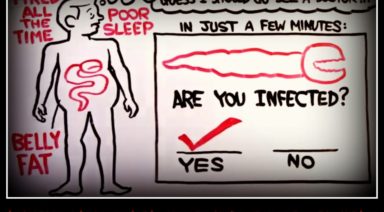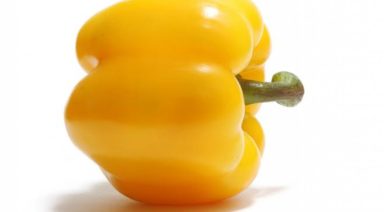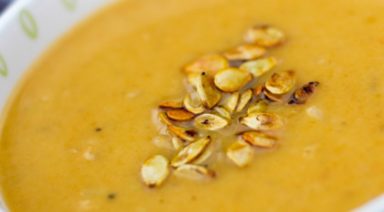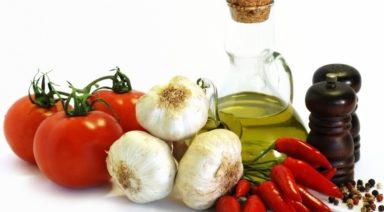Sexy Nutrition: Avocados for Enhanced Libido
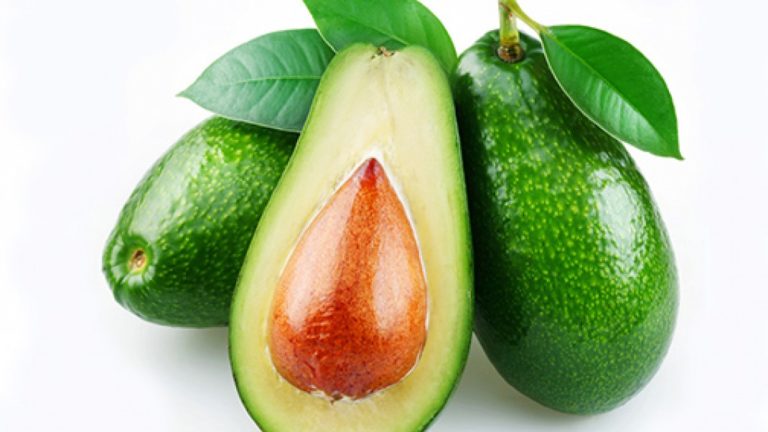
Avocado, the Powerhouse
The potent avocado feeds both men and women with a multitude of nutrients essential to a healthy sex life. Vitamin B6, folic acid, essential fatty acids and potassium, as well as other powerful antioxidants are responsible for the avocado’s significant effect on our reproductive organs. Research suggests that avocados even increase sperm count. The sexual powerhouse ahuactl (or testicle, as the Aztecs endearingly called it) also releases vitamin E, which allows the reproductive hormones to take center stage while arousing our sexual response.
Vegan Avocado Recipes for Enhanced Libido
The Sexual Powerhouse: An Avocado Smoothie
You simply can’t go wrong with this smoothie. It’s packed with nutrients essential to a healthy sex life and a healthy life, in general.
Ingredients:
- 1 ripe avocado, peeled and pitted
- 2 frozen bananas
- ½ cup frozen blueberries
- 1 cup cranberry juice
- 1 cup coconut milk
- 2 t chia seeds, soaked in ½ cup water
Directions:
Soak chia seeds for at least 30 minutes. Place all ingredients, including the chia gel in a blender and blend until creamy. Pour into two glasses. Sip slowly. Go back to the sheets.
The Sexual Warrior’s Guacamole
Guacamole is the go-to sexy hors d’oeuvre for both men and women. Let these fruity aphrodisiacs work their magic.
Sexy players: avocado, sexy spices, citrus, chia
Ingredients:
5 ripe avocados, peeled and seeded
- 1 cup chopped red onion
- 6 cloves garlic, crushed
- 1 jalapeno, seeded and minced
- ½ a bunch cilantro leaves
- juice of 2 limes
- 3 T olive oil
- ¼ cup chia gel (basic chia gel = 2 T chia seeds soaked in 1 cup water for 30 min. or longer)
- sea salt to taste
Directions:
Combine avocado, red onion, garlic, jalapeno and cilantro in a food processor. Add in lime juice, olive oil and sea salt while the food processor is running. Transfer guacamole to your favorite serving bowl and add in the chia gel. Serve with your favorite tortilla chips and raw veggies.
Sexy Kale with Avocado-Chia Dressing
You really can’t get much sexier than a kale/chia/avocado trifecta!
Sexy players: avocado, chia, sexy spices, leafy greens
Ingredients:
- 1 ripe avocado, peeled & seeded
- 1/8 cup chia gel (soak 2 T chia seeds in 1 cup water for at least 30 minutes)
- ¼ cup tahini
- 2 t soy sauce or nama shoyu
- 2 t pure maple syrup
- 2 cloves garlic, chopped
- ½ t cumin
- dash of cayenne pepper
- 5 cups kale, cleaned and chopped
- ¼ cup carrot, grated
Directions:
Combine the first eight ingredients in your blender to make a dressing. Place kale and carrots in a large serving bowl. Coat with dressing and serve.
“To love another you have to undertake some fragment of their destiny.” – Quentin Crisp
Scientists Make New Discovery in Efficacy of Sound Healing
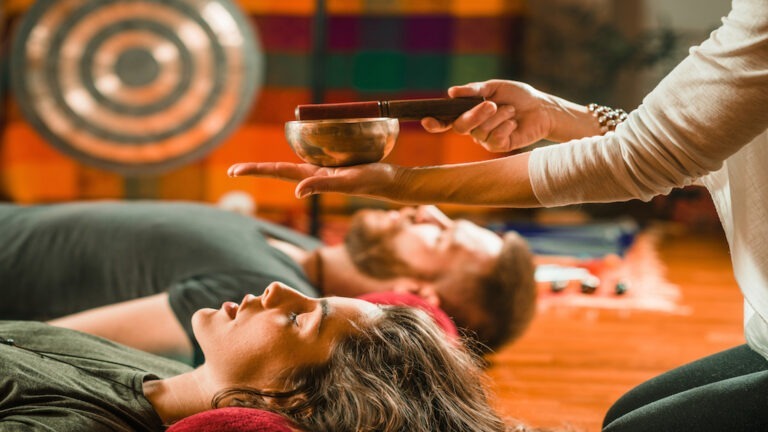
Exciting new research and cutting-edge technologies show just how powerful sound, vibration, and frequency are in facilitating healing and expansion of consciousness.
Sound has been used for millennia as a powerful tool for physical healing and spiritual awakening. Today, new research into the science of sound, as well as emerging technologies to deliver personalized sound healing, has revolutionized the ancient practice.
Dr. Jeffrey Thompson is a renowned sound healer who has, over the last 40 years, pioneered a range of remarkable discoveries in the field. He explains how our connection to sound begins before birth.
“My total experience in the womb, and for all of us, is baptized by sound and vibration. My ears are hearing it, and the largest sensory organ of my body, my skin, is feeling it. That’s my whole experience for nine months. I think that’s why sound is the most powerful clinical tool; sound is bigger and more powerful than all of them,” Thompson said.
The mechanism by which sound brings about physical healing has been studied for decades and is continually being refined by new scientific findings.
“When a cell goes into a healing response, it increases its metabolism and its intake of food, expelling of waste, and rebuilding of tissue, so it’s raising its energy up. Sound waves can raise it to its highest possible potential that is way higher than the cell can do on its own, so we’ve just created a super-healing state,” he said.




